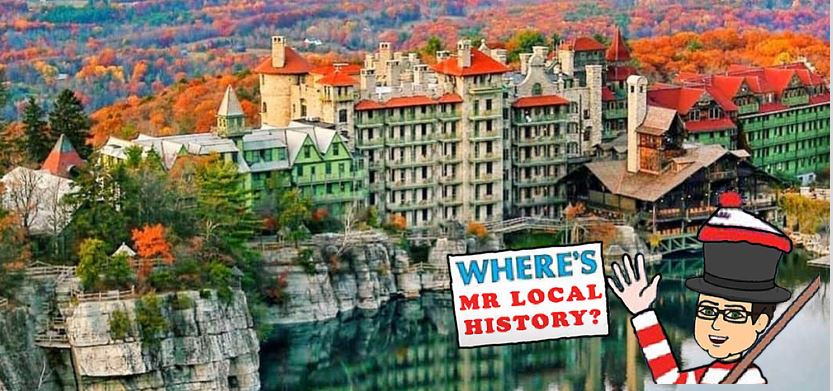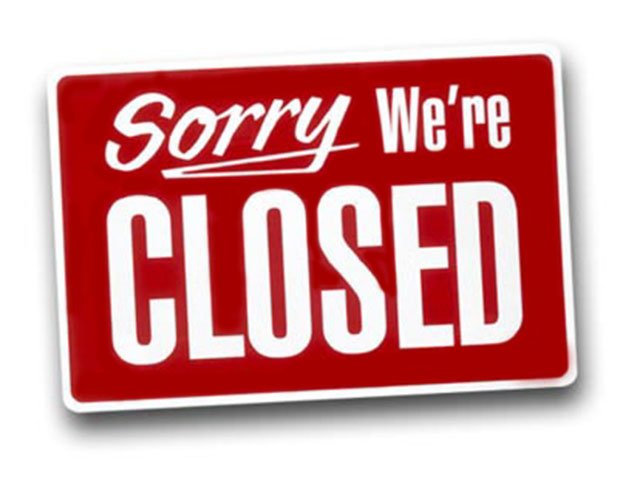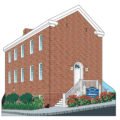 Everyone knows how controversial lists can be. But then again, it does give you something to talk about. And it probably sells a bunch of magazines to boot.
Everyone knows how controversial lists can be. But then again, it does give you something to talk about. And it probably sells a bunch of magazines to boot.
So where does Irvington rank/560 – Camden/481 – Newark/ You don’t want me to give it away do you? While the best was Bedminster, New Jersey in Somerset County, the distinct honor for the worst town in NJ for 2010 is………Wildwood City #566 (down from 520) in Cape May County. But it’s so close to the Jersey Shore? Maybe the Situation should take Snooky there. Seaside Heights/534!
But c’mon – Verona #9? C’mon really? Where do they get this stuff?
Everyone has an opinion, and everyone has made a decision (since we all have to live somewhere). Here’s some interesting findings.
Post your thoughts in the comment section below.
2010 Notables of towns I work with:
1 – Bedminster
22 – Bernards Township (Basking Ridge)
14 – Peapack Gladstone
82 – Bernardsville
88 – Bridgewater
34 – Berkeley Heights
154 – Westfield
2 – Chatham
147 – Warren
52 – Long Hill (Gillette)
See the county by county list – Click Here
See the alphabetical list – Click Here
METHODOLOGY: In compiling New Jersey Monthly’s 2010 Top Towns list, researchers at Monmouth University’s Polling Institute considered eight categories best representing the quality of life in New Jersey’s 566 municipalities: population growth, home values, property taxes, land development, employment, crime rate, school performance, and proximity to services.
The research team selected a prototypical indicator corresponding, respectively, to each of these eight categories: population growth rate since the last census (2008); three-year change in median home prices (2009); median property tax bill (2009) combined with the change in median taxes over the past two years; percentage of land preserved as open space (2009); unemployment rate (2008); total crime rate (2008); student proficiency on state-mandated standardized tests for students in grades 4, 8, and 11 (2008); and number of acute-care hospitals within ten miles.
To level the playing field, household income was not considered, and home values were measured by the rate of increase or decrease over three years rather than by current prices. To compare land development, towns with relatively slower growth and more open space were rated more favorably. Towns with lower unemployment and crime rates also scored higher, as did those close to more hospitals.
A statistical standardization technique was used to rank all 566 municipalities according to the eight indicators; an average of the eight numerical values for each municipality determined its final rank.




